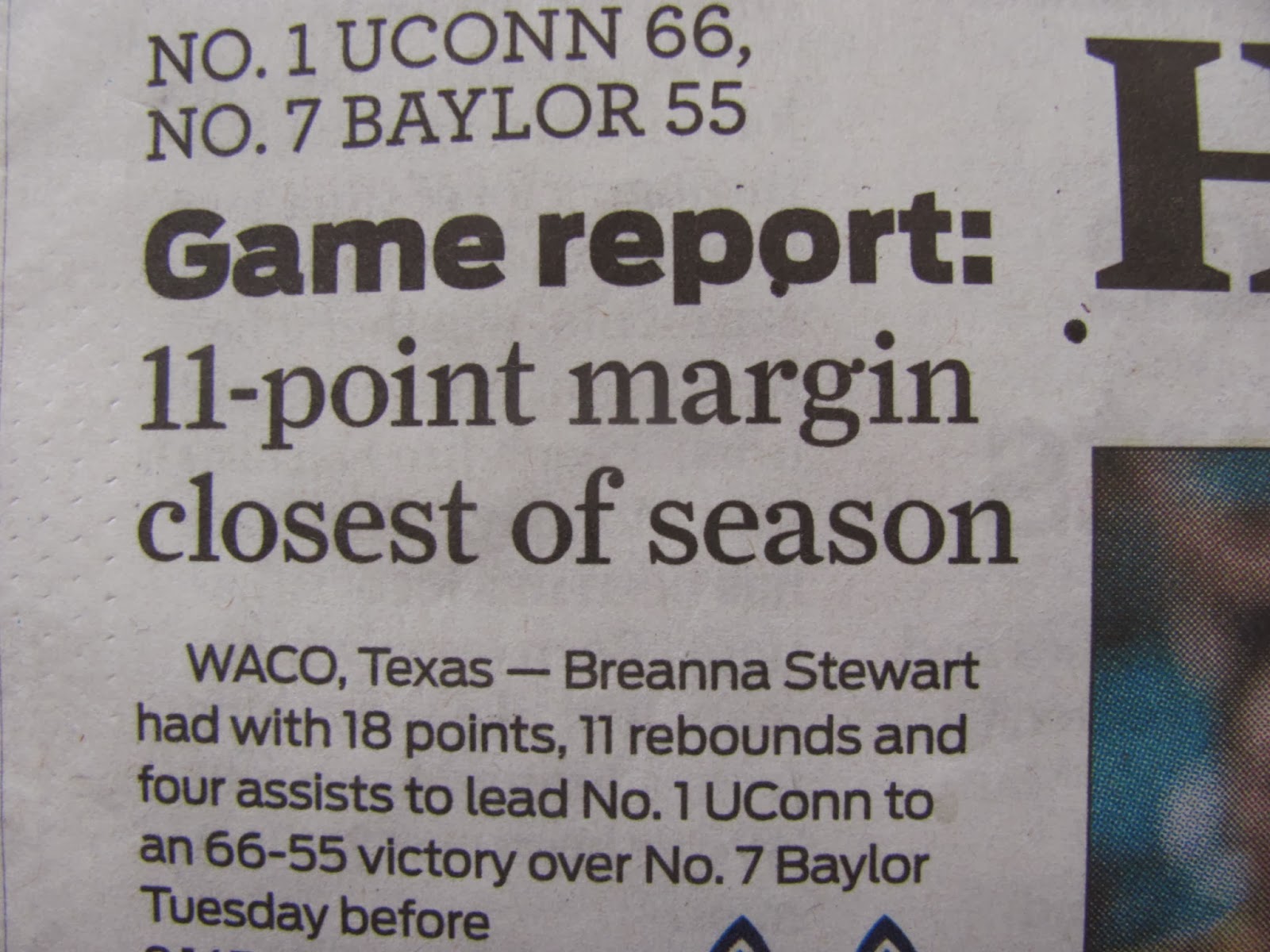The stall door swings open, banging against the lavatory wall
as it does. Farmer Ted appears. He pauses for a second, for dramatic effect,
and then … he holds ‘em high, for all to see. Behold, underpants dotted with
little hearts.
Ooh!
Ah!
I’ve got something just as exciting to share today, and I
won’t charge you a buck to get a glimpse. It’s hard to miss, given its
top-of-the-page placement and all-caps, underlined-twice treatment. See it? Yep,
you see it. Your eyes are wide. Your mouth is agape. It’s as if you’ve seen a
ghost — or a girl’s panties. Forget the panties, geek; this is better. (Well,
that’s debatable.)
The four letters at the tail end of
confidential are, it’s no secret, essential. Yet the private parts
seen here are not sequential.
Blame Jennifer Woods.
Jennifer, you see, gave Samantha Baker this sex test in Child
Development. Samantha had to take the test during Independent Study and then
pass it along to her friend Randy.
Jennifer nailed the first nine steps, but then
she impersonated Farmer Ted on the dance floor and made a strange move. Did she
spell
confidential correctly? My
answer to that is the same as the one Samantha gave to the first question on
the aforementioned sex test: almost. Or perhaps, if I wanted to be a tad
harsher, my answer would mirror Samantha’s answer to the 10th and final
question:
NO!!!
John Hughes, the director whose career-defining
Sixteen Candles/
The Breakfast Club/
Weird
Science triumvirate coincided with my youth, may have deliberately included
the mistake, as a way of showing that high school kids who create sex tests
with questions like “Have you ever touched it?” and “Have you ever done it?”
might have trouble spelling certain four-syllable words. It’s got to be a joke,
like grandparents forgetting a birthday. We’ll never know, though, so we must
assume this
tailspin was
unintentional.
Confidentail? Nuh-uh.
Confidential? That’s ideal, for sure — like Jake Ryan.
 In this article about a Secret Service scandal at the Summit
of the Americas, you don’t have to dig too deep to find the city duplicity. Cartagena,
the supposed seat of government, needs to take a back seat to a more
serviceable capital: Bogotá. Actually, Cartagena can stay; we need to cart off capital. The Secret Service scandal took
place in Cartagena, but Cartagena is not
Colombia’s capital.
In this article about a Secret Service scandal at the Summit
of the Americas, you don’t have to dig too deep to find the city duplicity. Cartagena,
the supposed seat of government, needs to take a back seat to a more
serviceable capital: Bogotá. Actually, Cartagena can stay; we need to cart off capital. The Secret Service scandal took
place in Cartagena, but Cartagena is not
Colombia’s capital.









